 |
 |
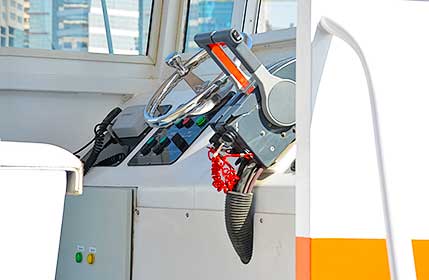
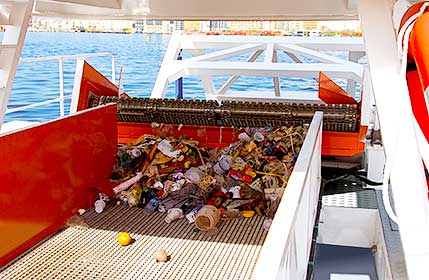
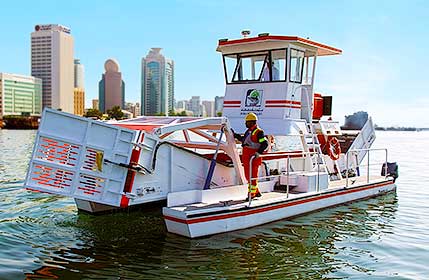
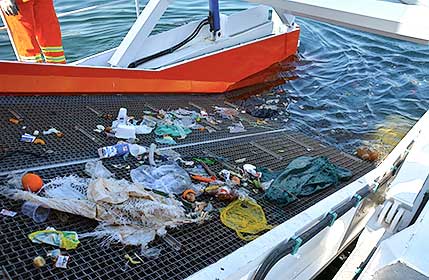
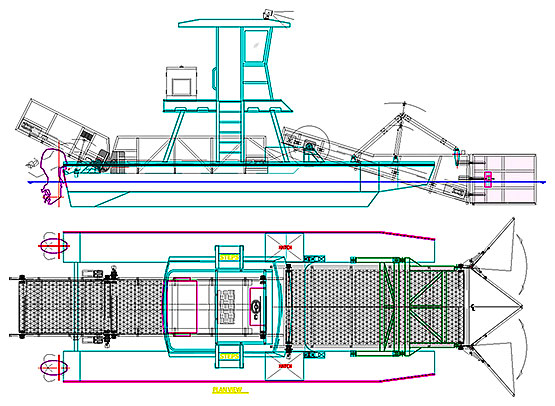
|
||||
|
|
The catamaran hull delivers stability from its wide plan form and can easily be powered with outboards, lowering capital and running costs. Additionally, each hull has seven sealed watertight compartments along its length to more effectively deal with any hull damage, increasing the vessel’s safety aspects. The all aluminum construction from ‘5083’ grade marine alloys make it highly durable for daily operation where there is little time for maintenance or upkeep. The belt system is a three-part stainless steel conveyor, powered by a generator driven hydraulic powerpack. The forward conveyor part can be raised or lowered into the water depending on the items being collected. The rubbish is lifted from the water and dumped onto the second conveyor part, which shifts the rubbish aft in stages as it is collected. When full, the vessel can be reversed into a dedicated disposal site where the aft conveyor can be run to remove all the waste without any need for manual intervention. With the vessel’s operations in mind, an air-cooled generator powers the hydraulics, removing the need for a seawater inlet, which would constantly need to be cleaned due to blockages and marine growth. Being a self-contained unit, it has an integrated fuel tank and is deck mounted, making servicing easy. If a replacement should ever be needed, once it is in place, connection of the electrical supply wires is all that would have to be done, all in all, a two-hour operation. Finally, outboard power was chosen for its proven performance and reliability in the harsh middle east environment of scorching heat, high humidity and salinity and also for other equally important commercial factors such as ease of servicing and inexpensive replacement costs. Also, its role as a rubbish collection vessel means that any entanglement of ropes or bags around the propellers can be dealt with by simply trimming out the engines. |
| [ Close ] |
| Hydraulic Belt Skimmer... |
| Copyright © Al Manzel Marine 2014 All rights reserved - No images may be used without prior written permission |